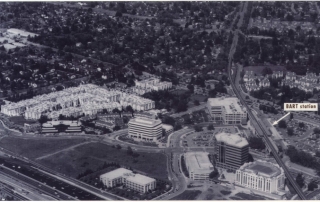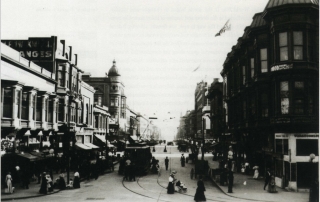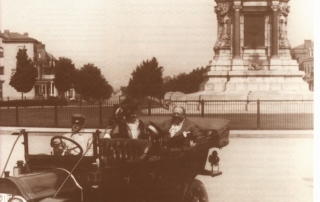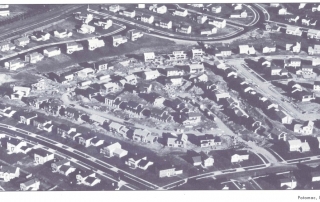A New Tool for Land Use and Transportation Planning
John Landis
Transportation planners have traditionally considered land use policy to be outside their purview and have generally accepted existing (or proposed) land use policies and patterns as a given. That attitude changed, however, with the passage of the Intermodal Surface Transportation Efficiency Act of 1991 and the Clean Air Act Amendments of 1990. For the first time, the law required planners to explicitly consider the effects of alternative land use policies on local land use patterns and thus on transportation system performance.




